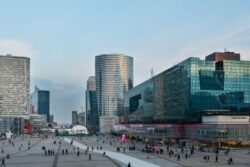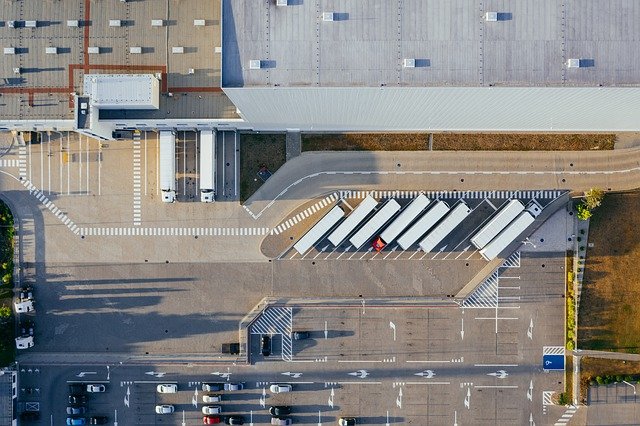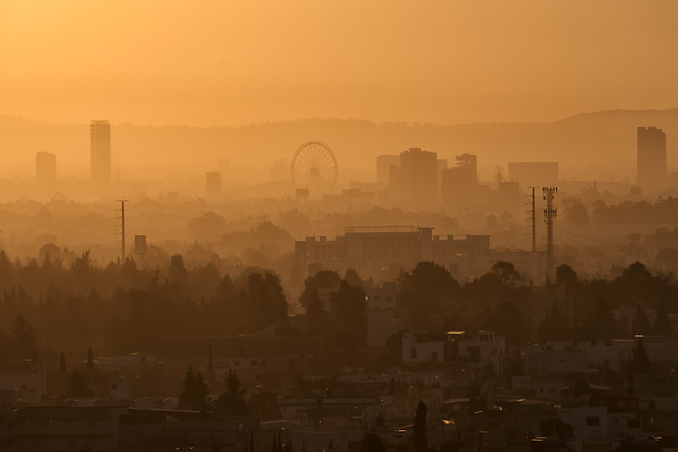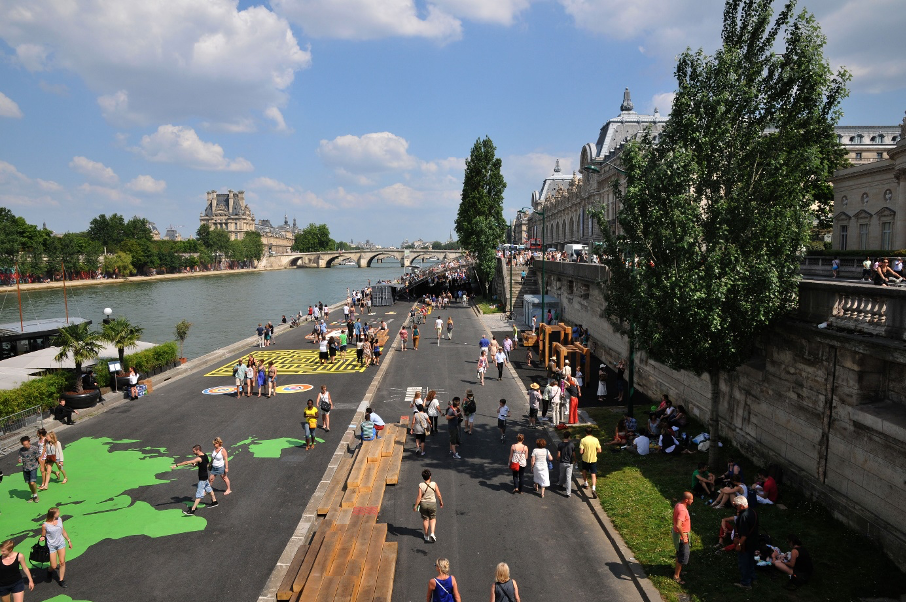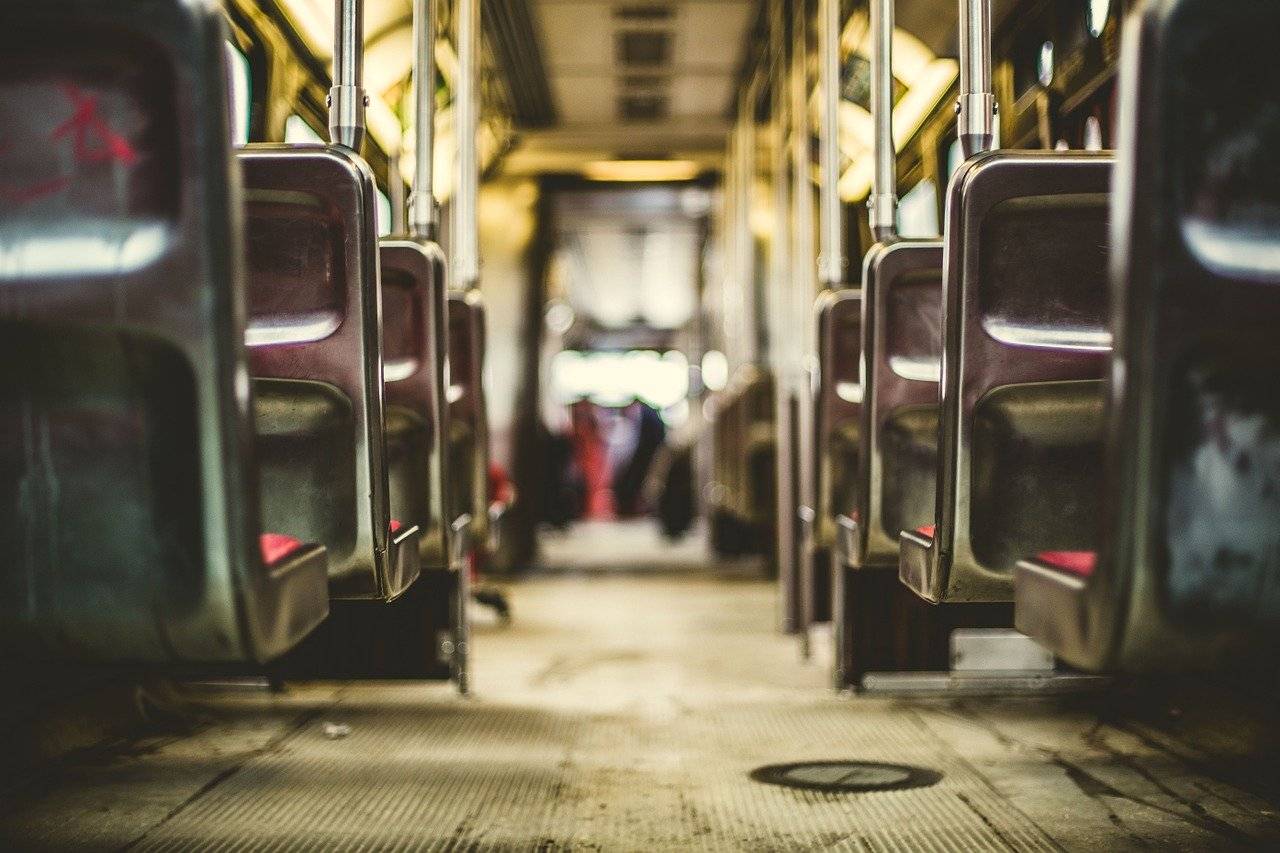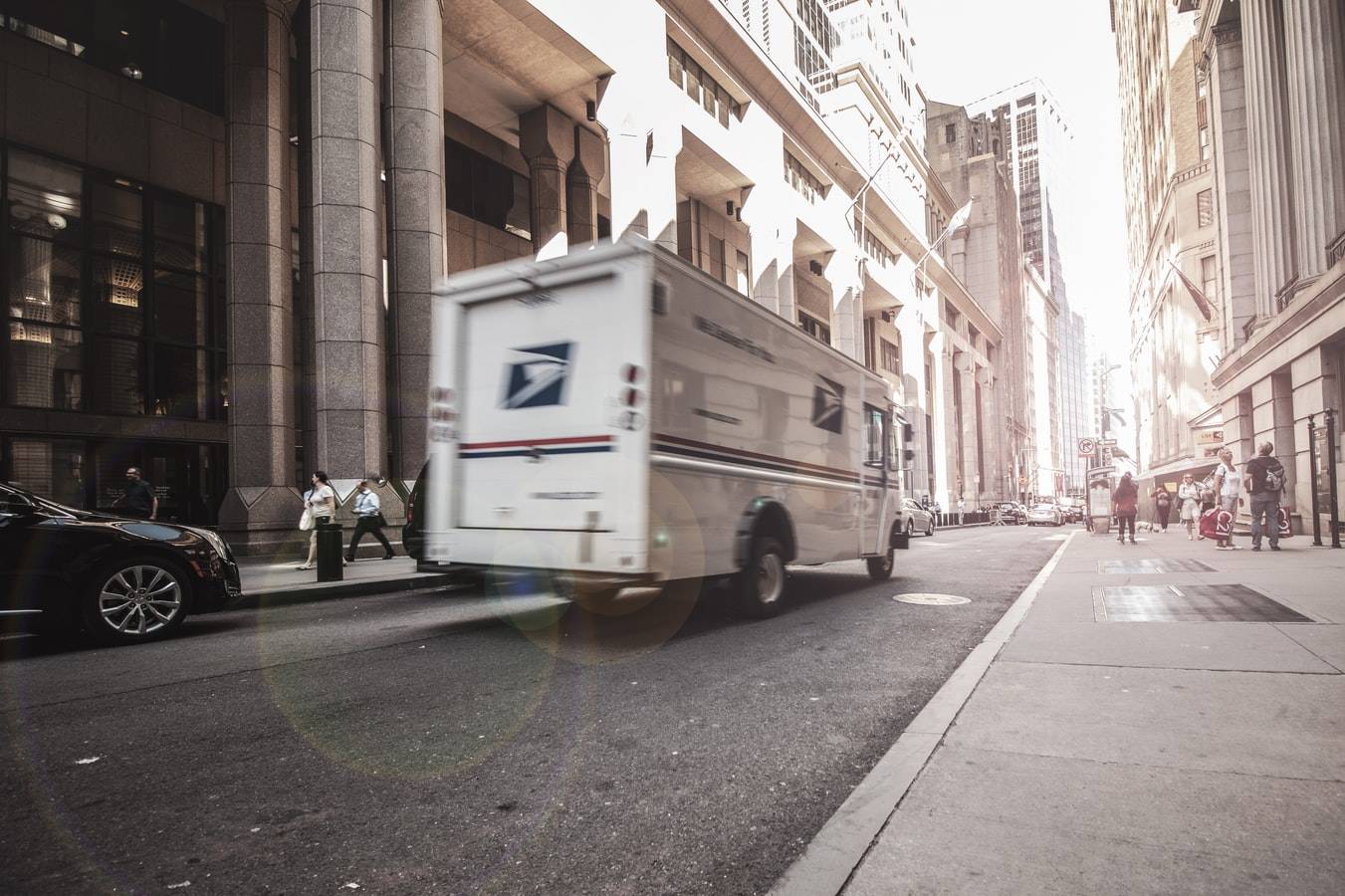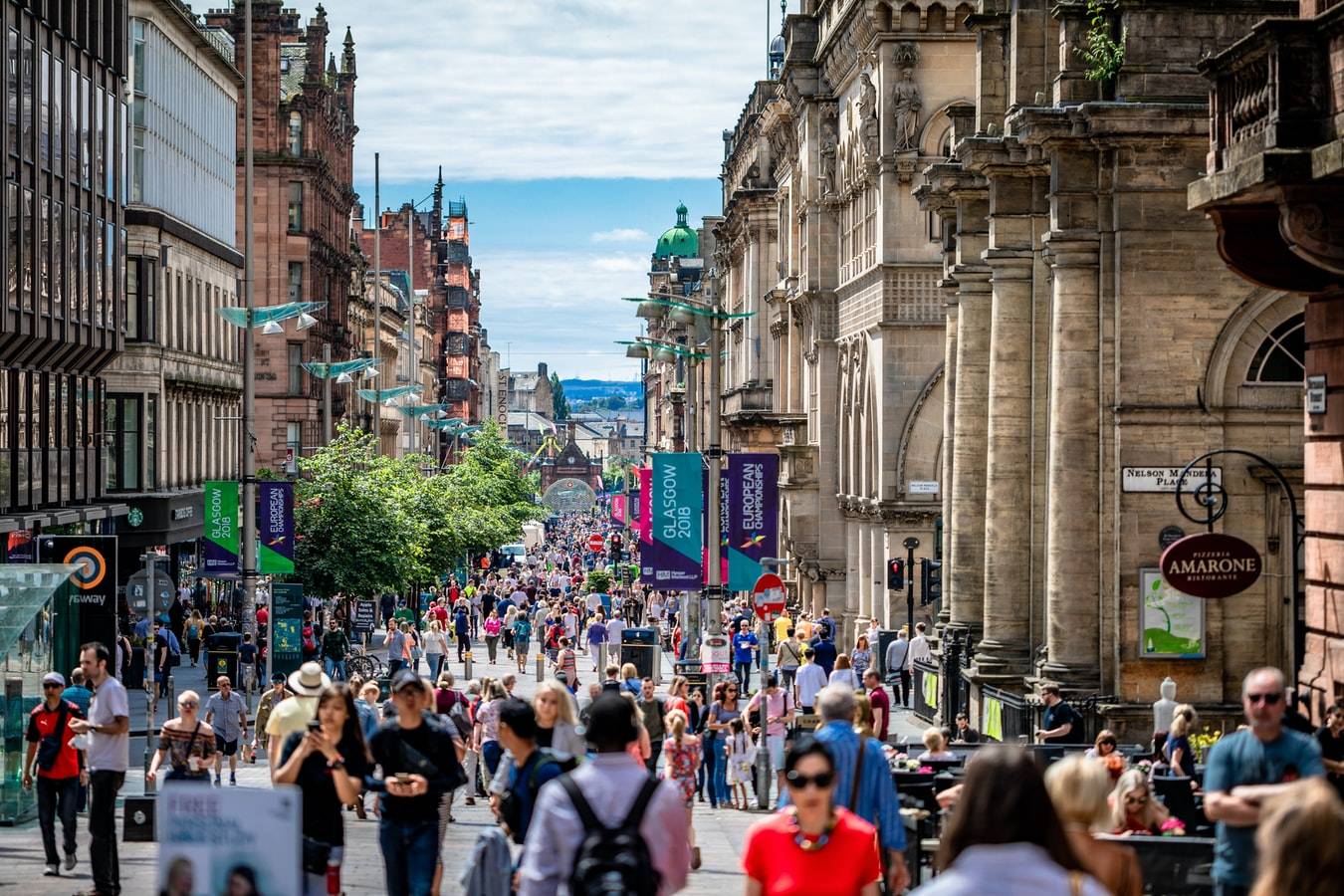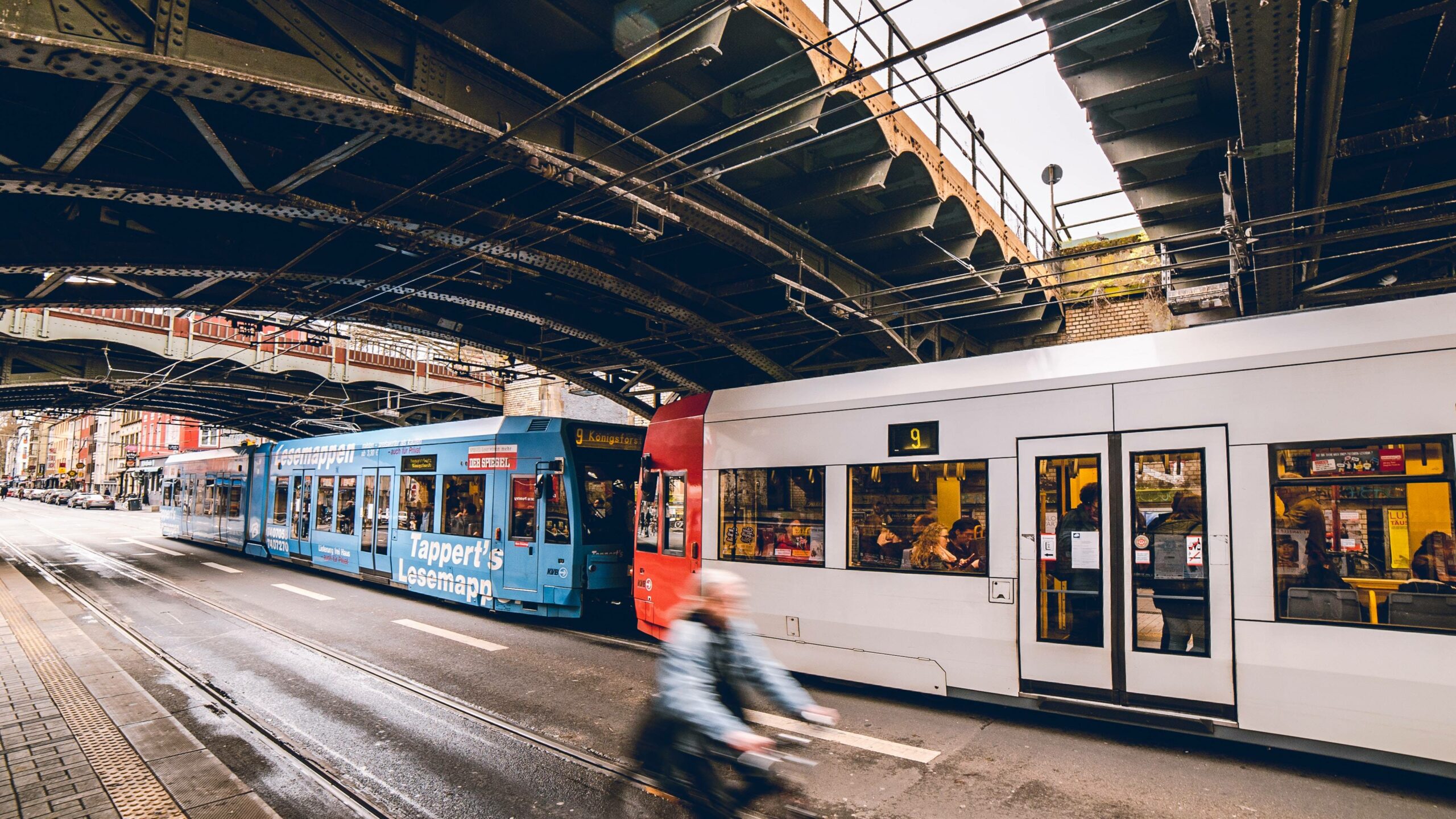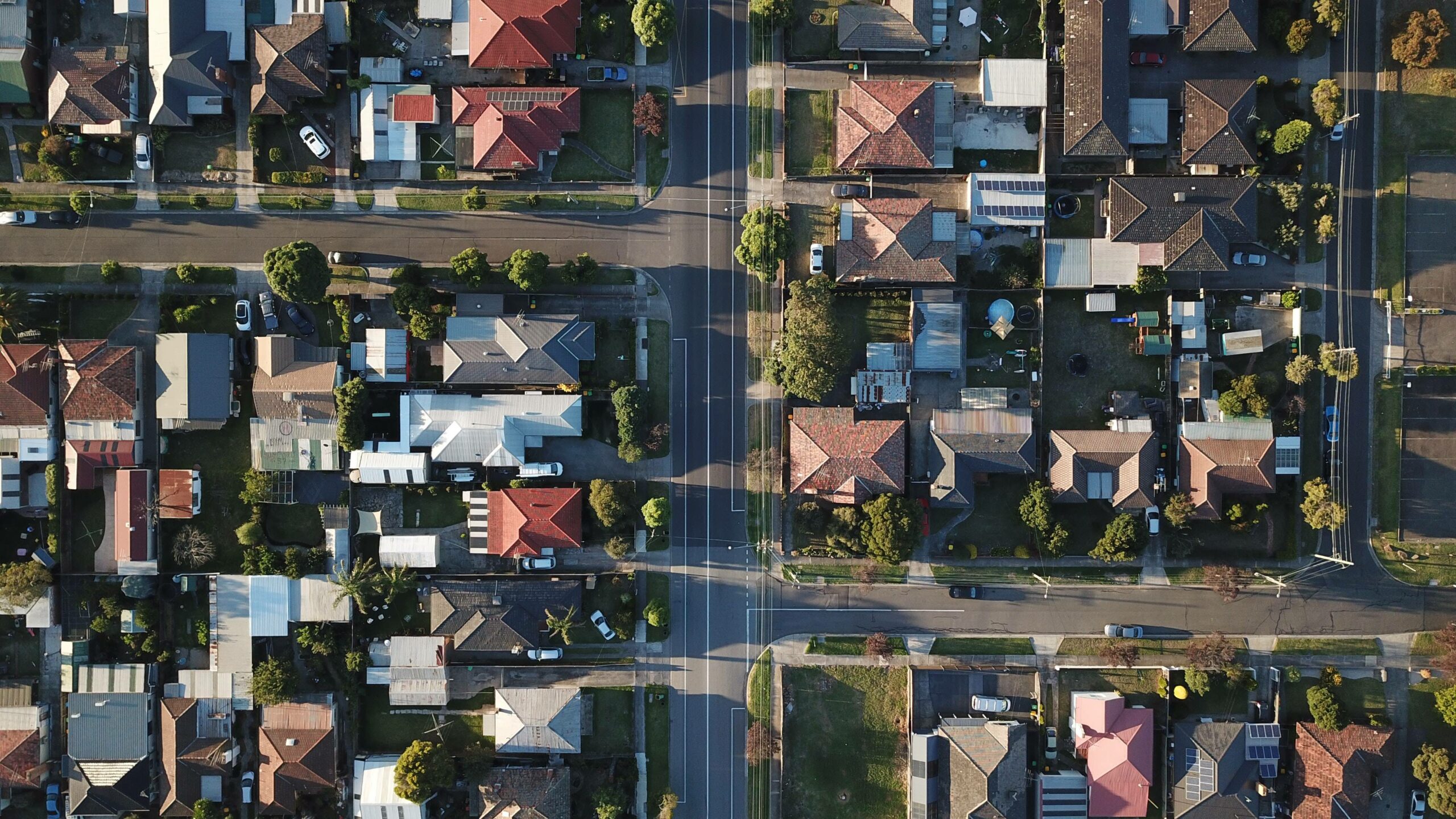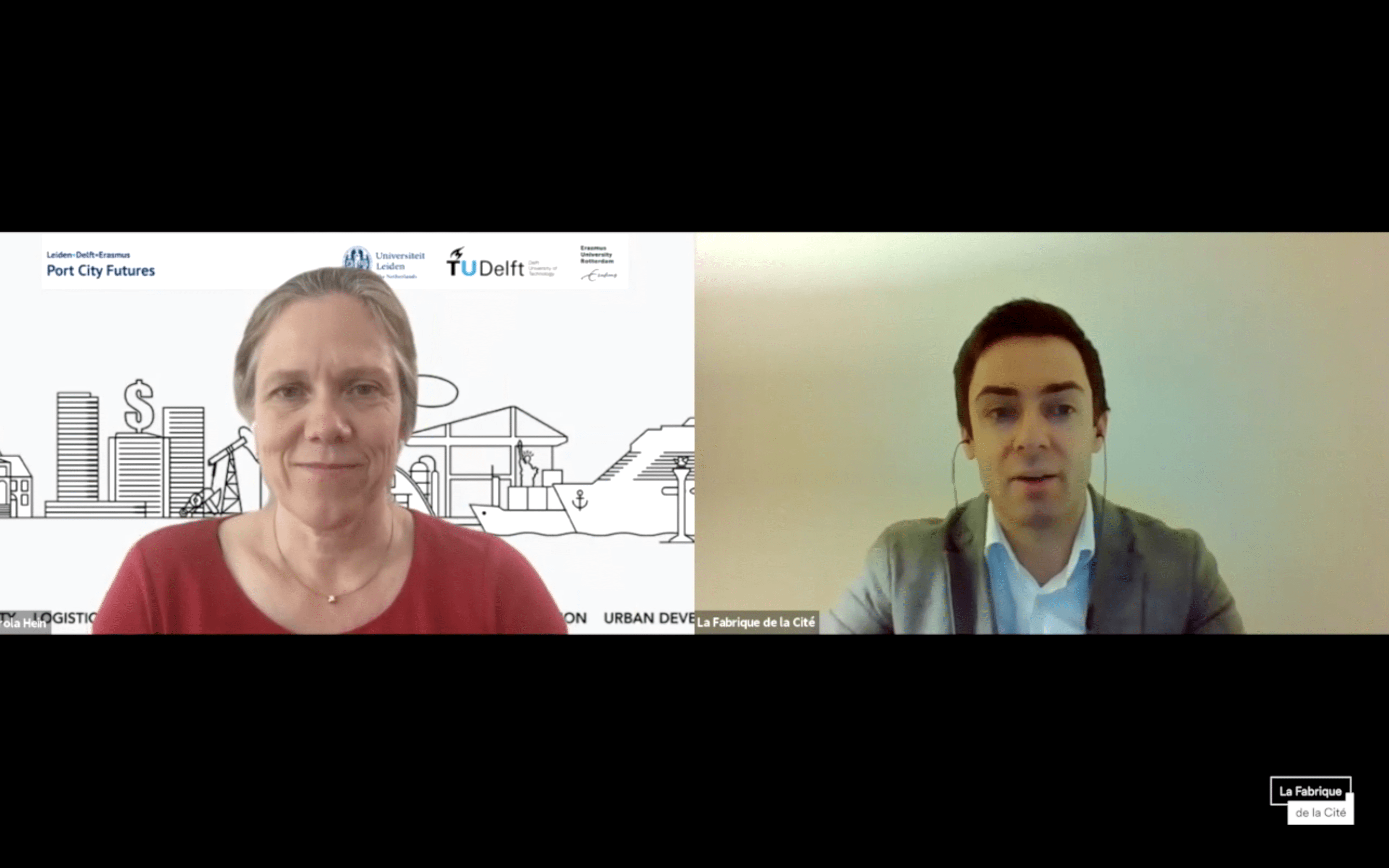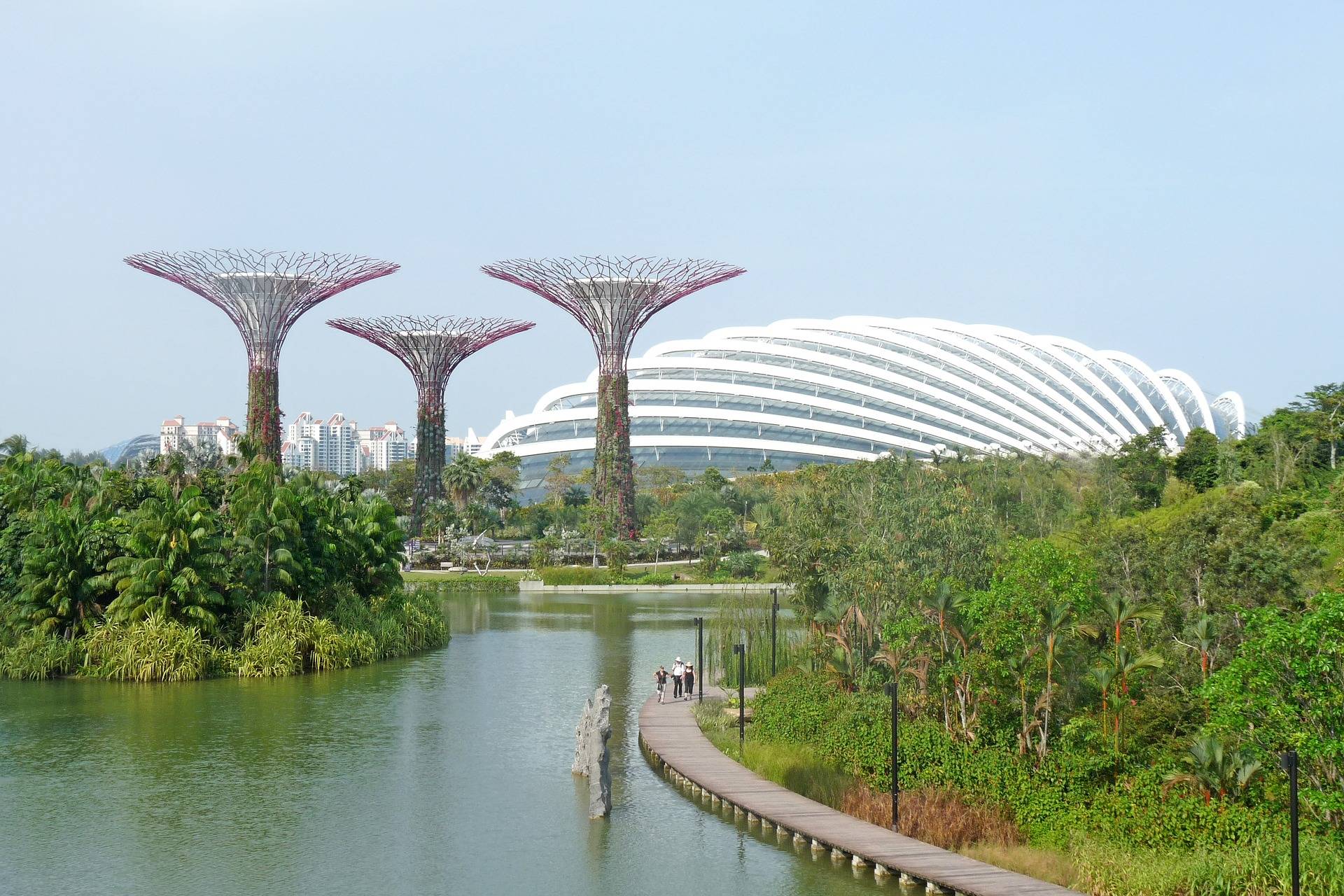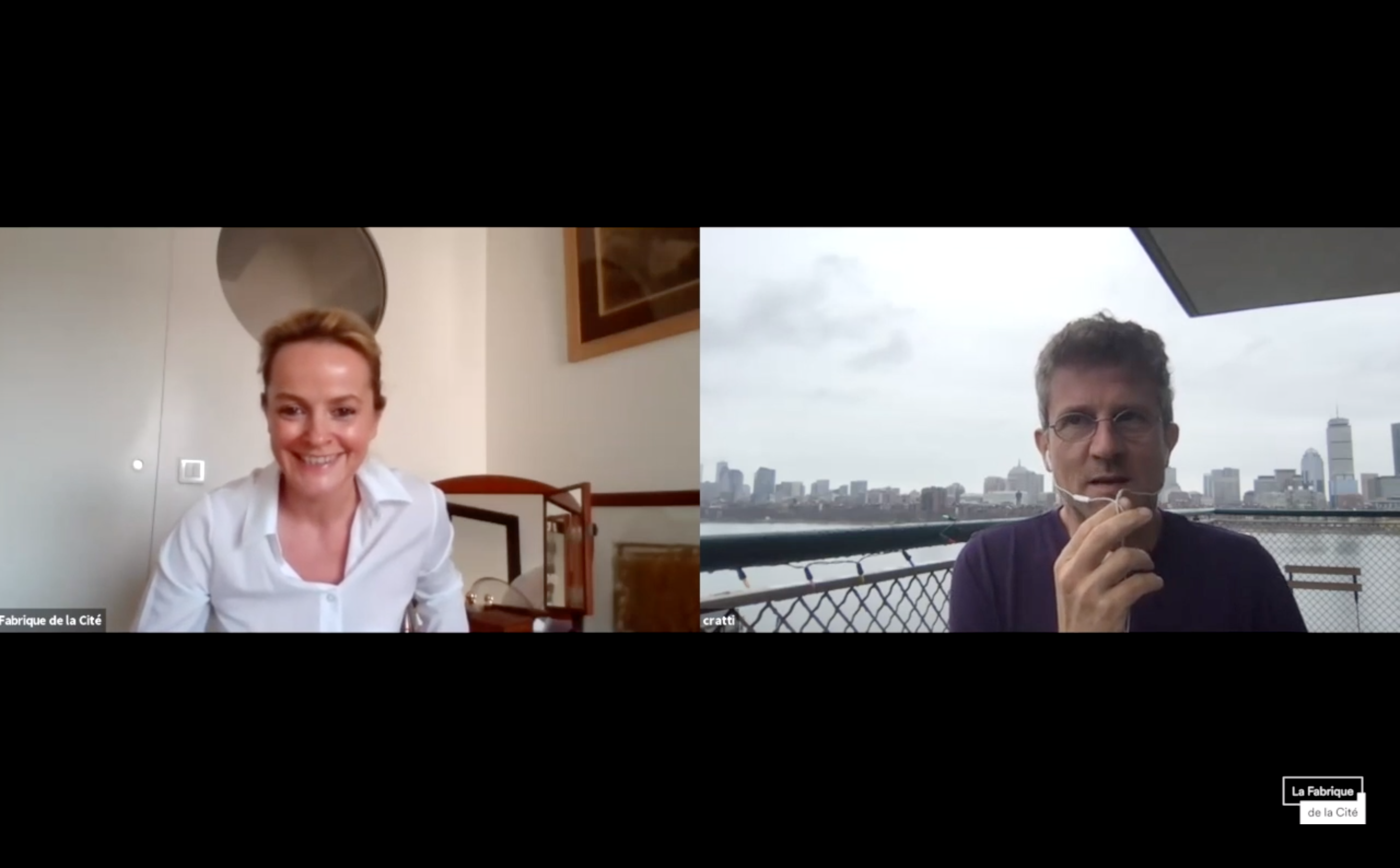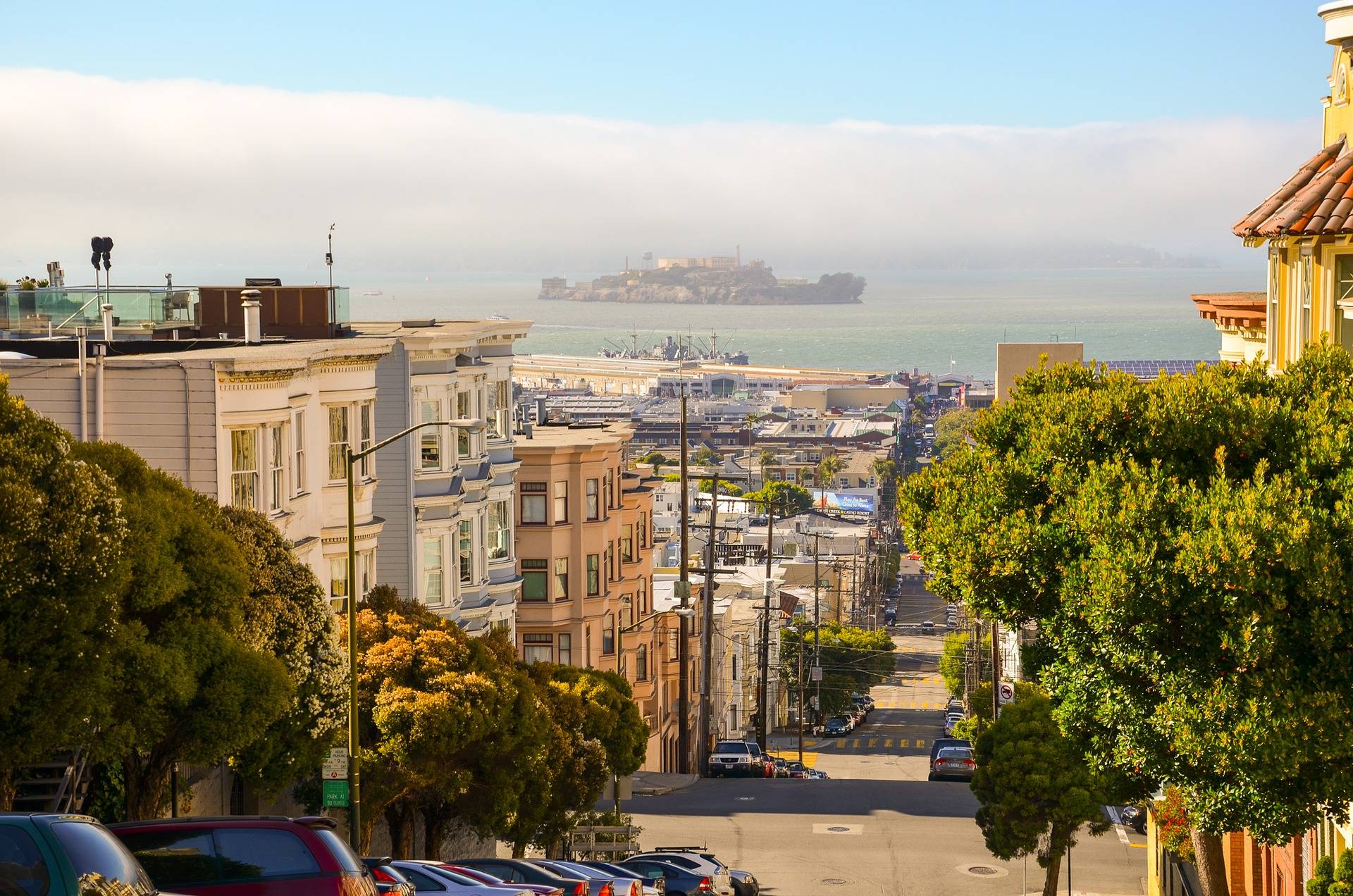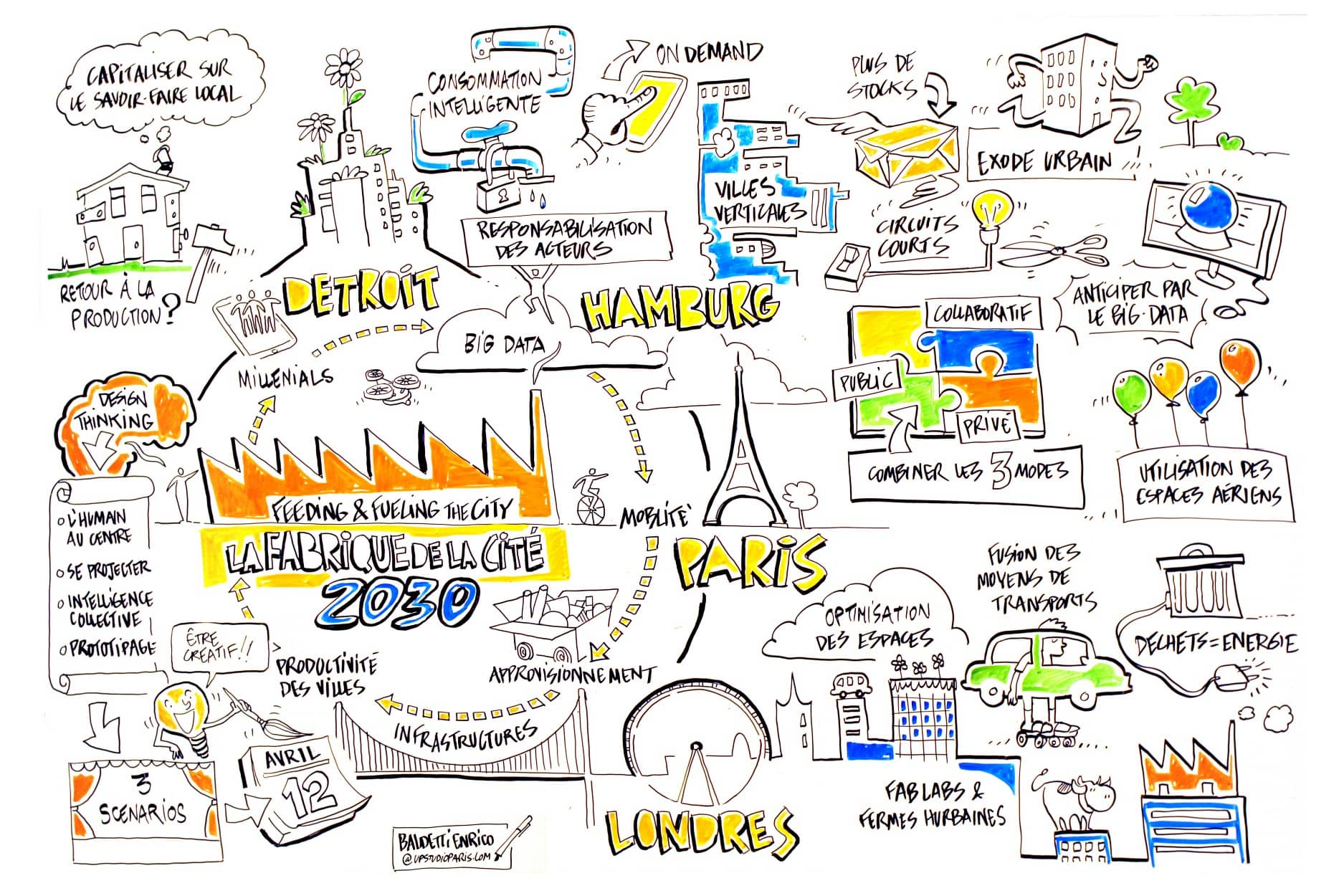

Feeding the city: towards self-sufficient cities?
he recent lockdowns have rekindled a fear that runs through urban history: that of not having enough to eat. In response to this concern, eating locally-sourced food has emerged as a solution. But does food security necessarily go hand in hand with proximity? The idea of eating goods produced near one’s home so as not to lack anything is appealing. However, it is not true to say that ensuring food security in cities means consuming only locally-produced foods. Food autonomy and short circuits are tempting on paper: they bring production and consumption closer together, allow us to eat seasonal fruit and vegetables, and ensure fresh produce does not travel hundreds of kilometers to reach us. It’s ecological and reassuring.
Moreover, the lockdowns have shown that it is important to control our food destiny. In the context of climate vulnerability and well before the coronavirus crisis, many cities had already begun to take ownership of the food issue. Thus many facets of urban agriculture are developing: shared gardens, rooftops, vertical farms, urban permaculture…
Nevertheless, self-reliance and food security are not synonymous. In the Lyon metropolis, for instance, the level of food autonomy is an estimated 6.5% and only 10% of the agricultural production of the Lyon basin is consumed locally. Yet this is not a problem, as the remaining 90% is exported within France and elsewhere.
When we talk about food security, the quality of logistics and supply circuits is paramount: the more diversified these circuits are, the greater the food security. If Rungis International Market is powerful, it is thanks to the word “international”. But what about the environment when our food is imported from the other side of the world? Here again, we must be wary of perception bias. Analysis of the ecological footprint of the food chain can bring surprising results: U.S. studies have shown that a product transported by plane between Chicago and Boston can have a worse ecological footprint than one transported by container ship between Asia and California. In short, while “eating local” has upsides, having multiple sources of supply is the real guarantee of food security in cities.
→ This op-ed is an excerpt from recent chronicles by Cécile Maisonneuve, broadcast on France Info. See you on the air on Saturday and Sunday.
These other publications may also be of interest to you:
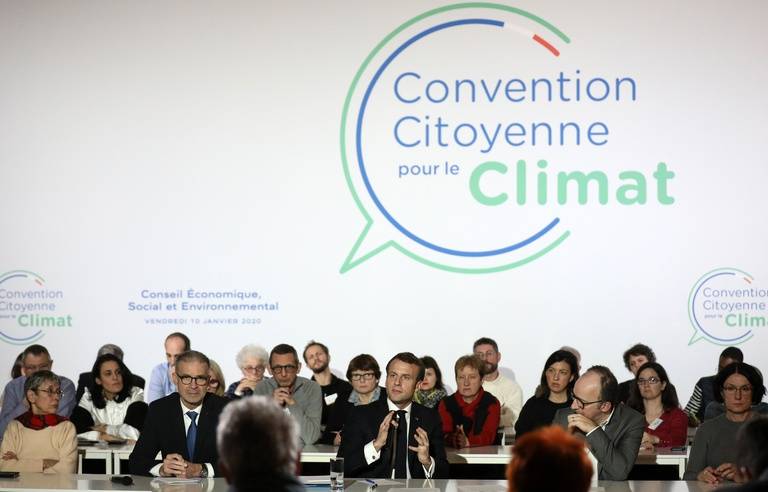
Is resilience useful?

Long live urban density!
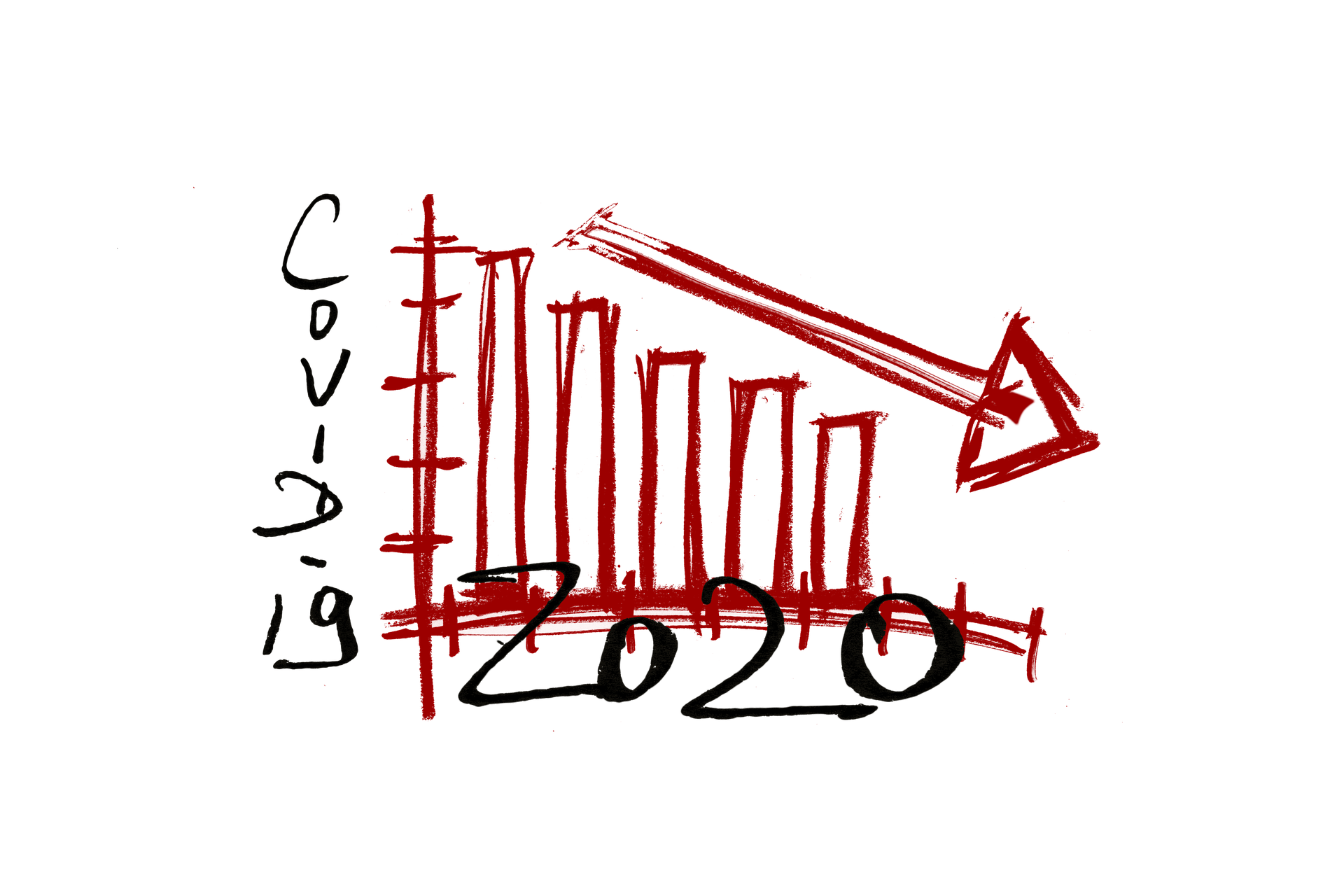
Behind the words: Recovery
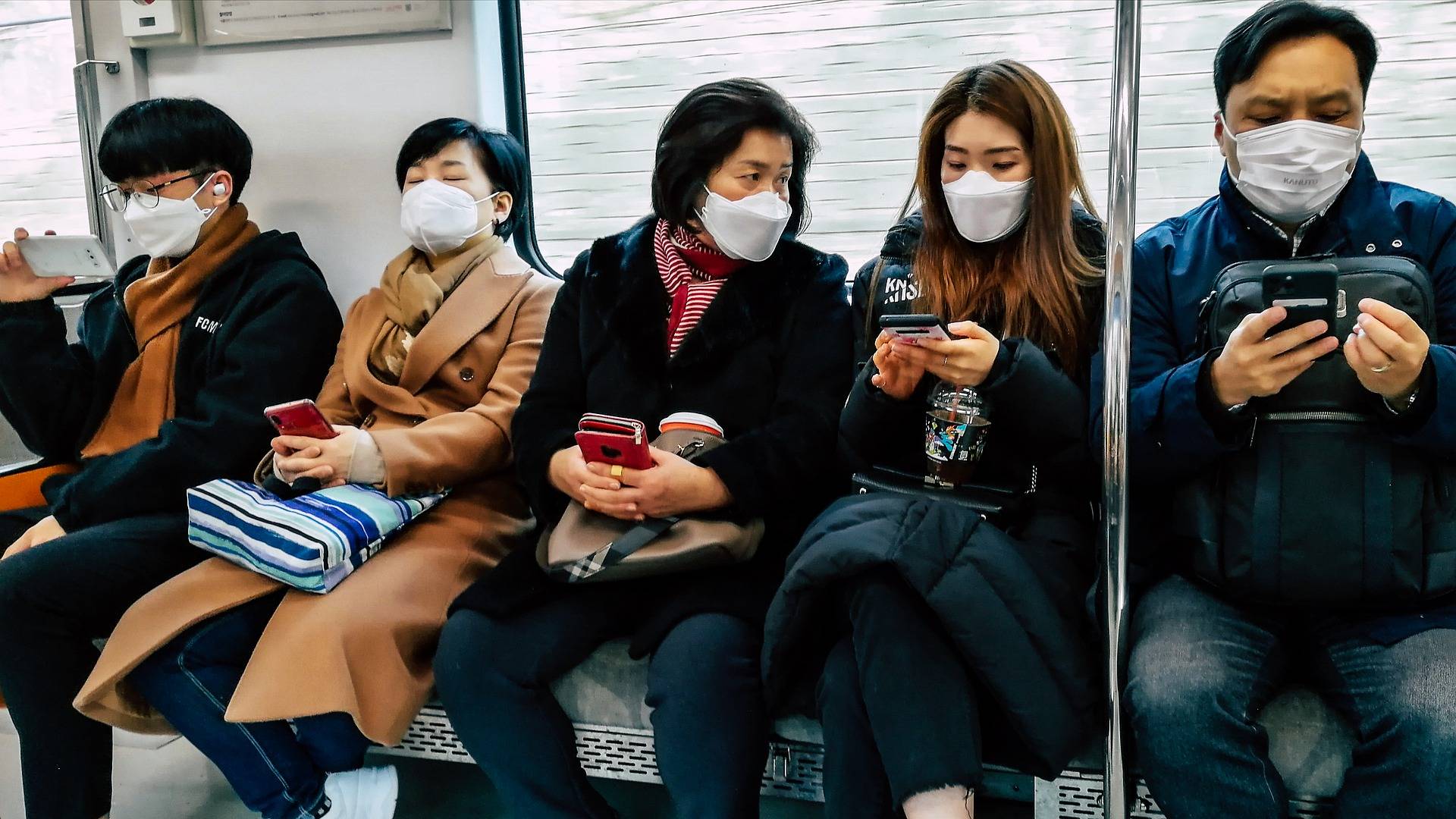
Sending out an SOS
The ideal culprit
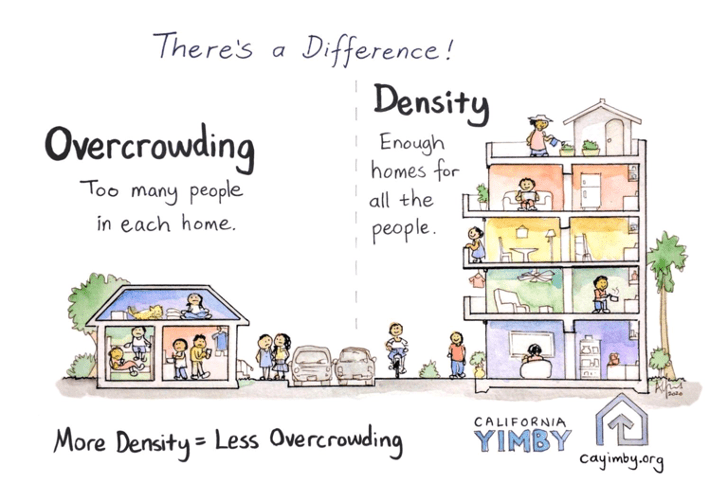
Behind the words: density

Behind the words: telecommuting
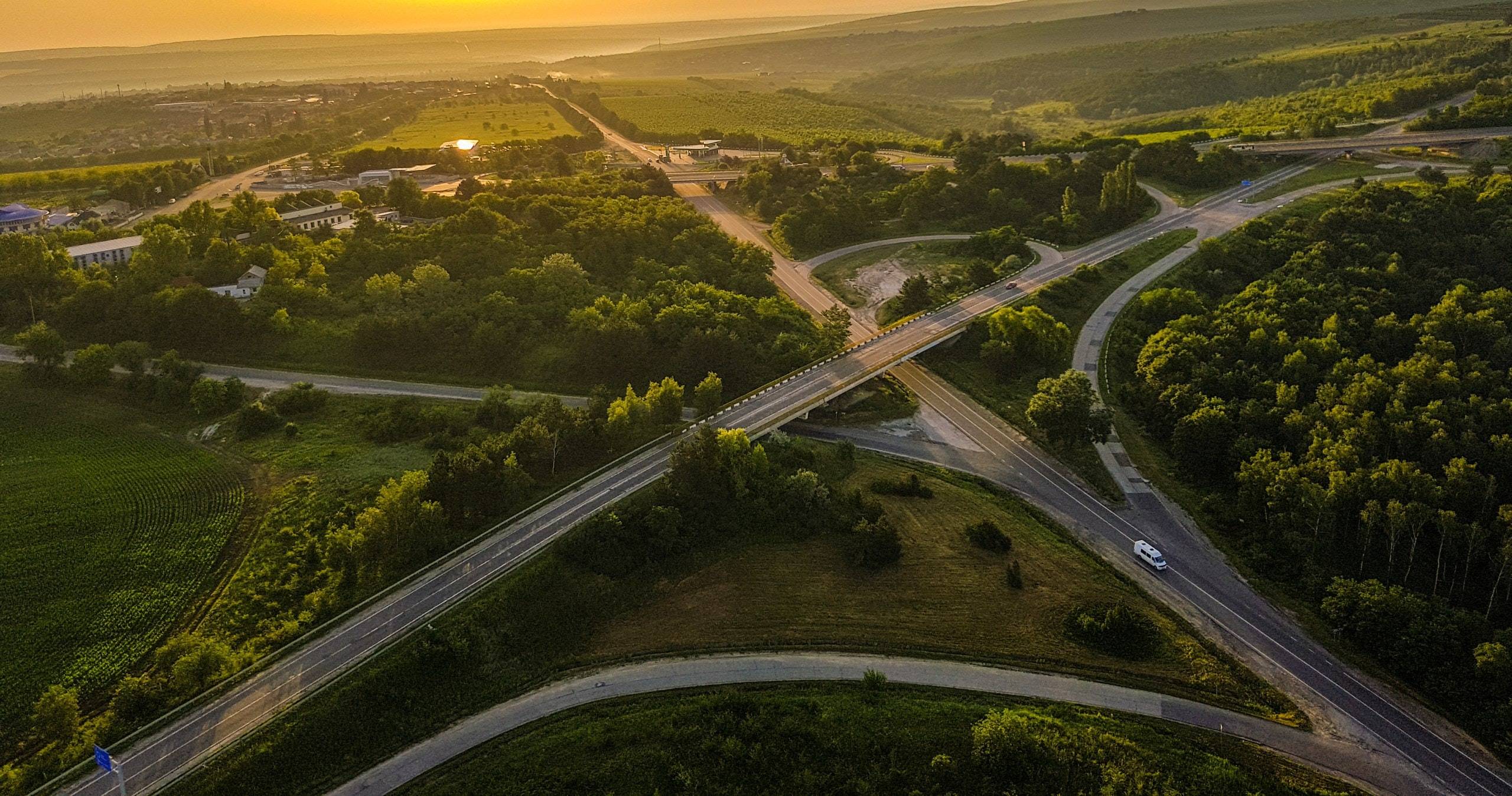
Behind the words: urban congestion
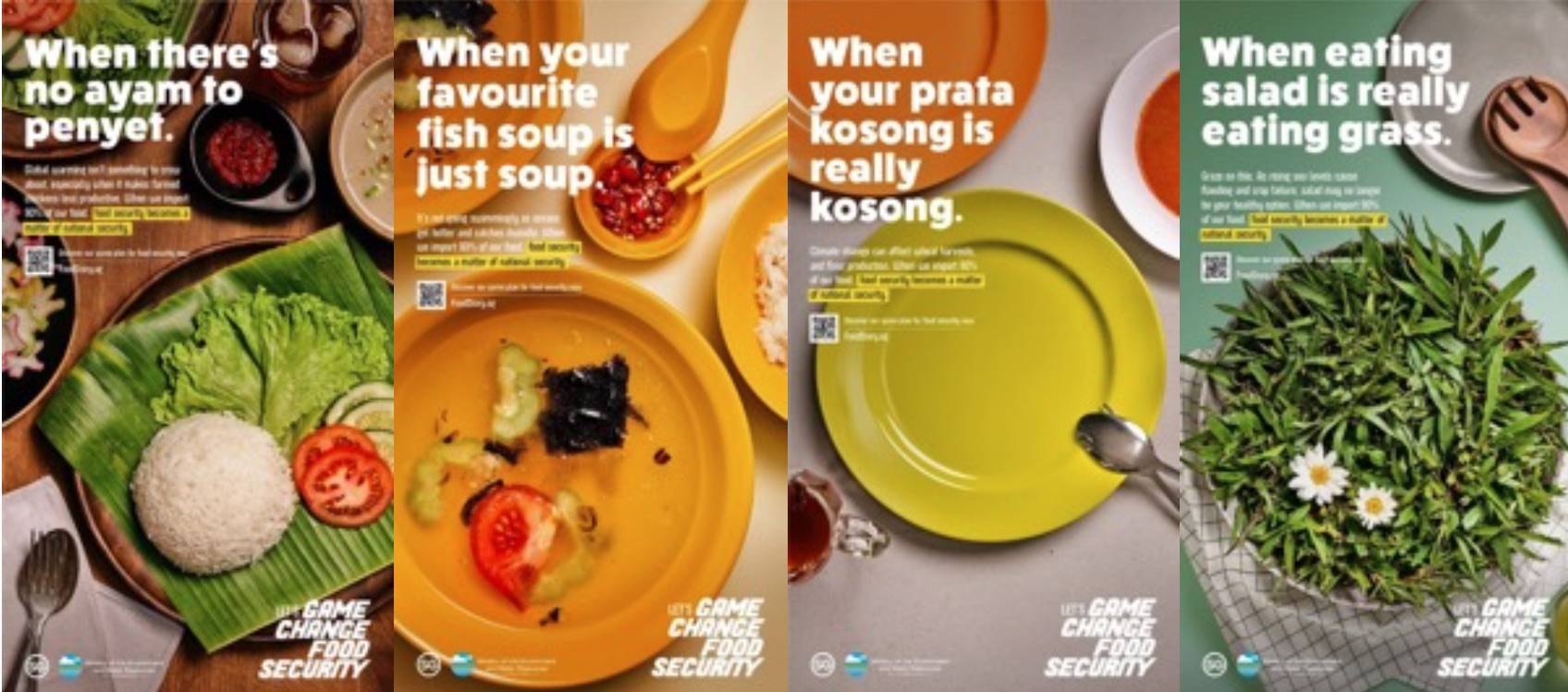
Behind the words: food security
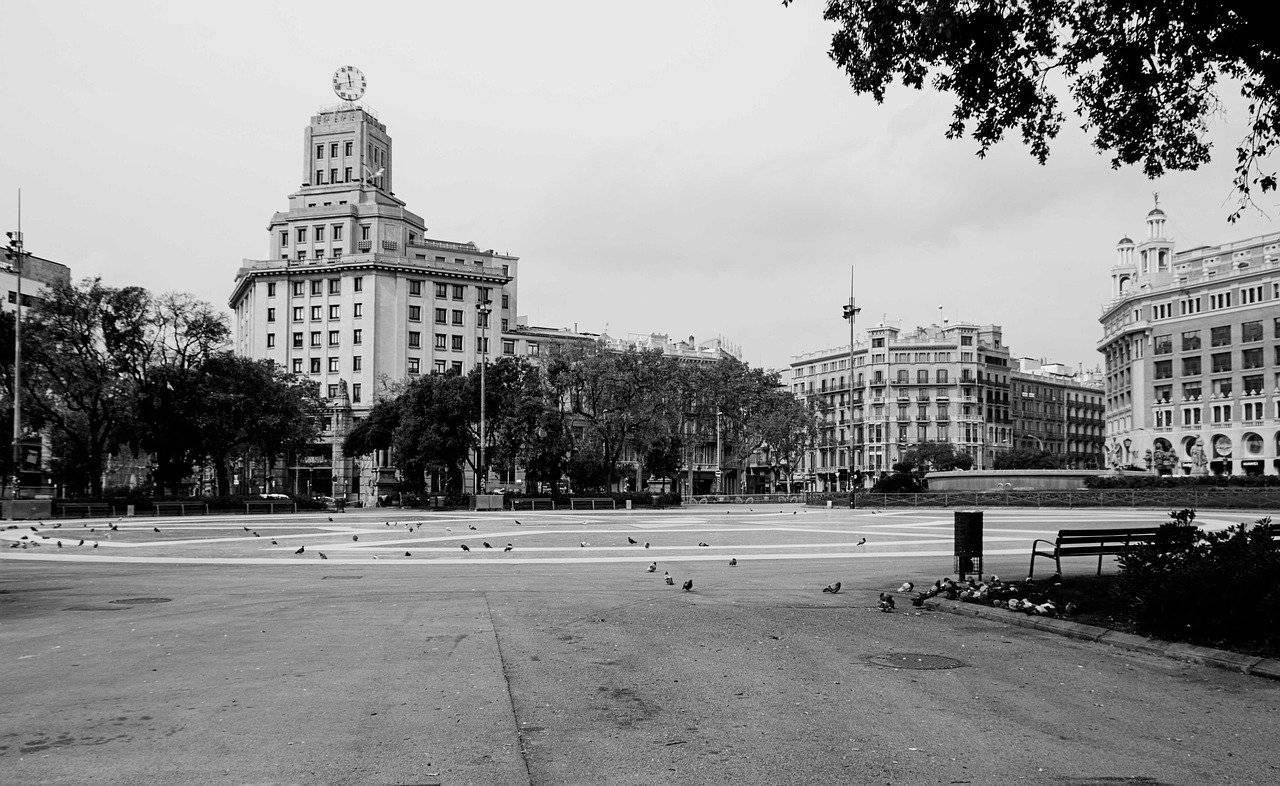
180° Turn
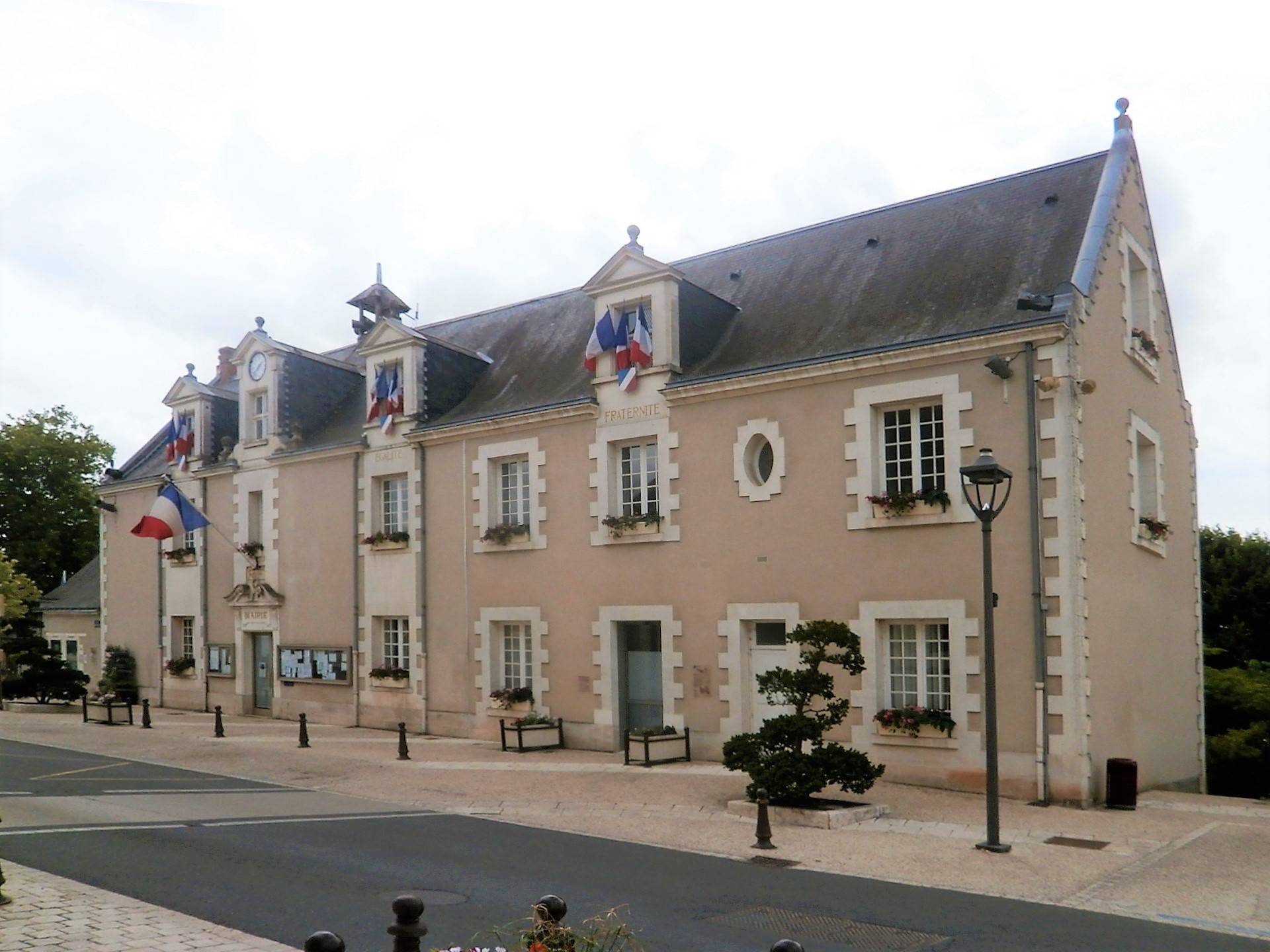
Cities in safe boot mode
Across cities in crisis
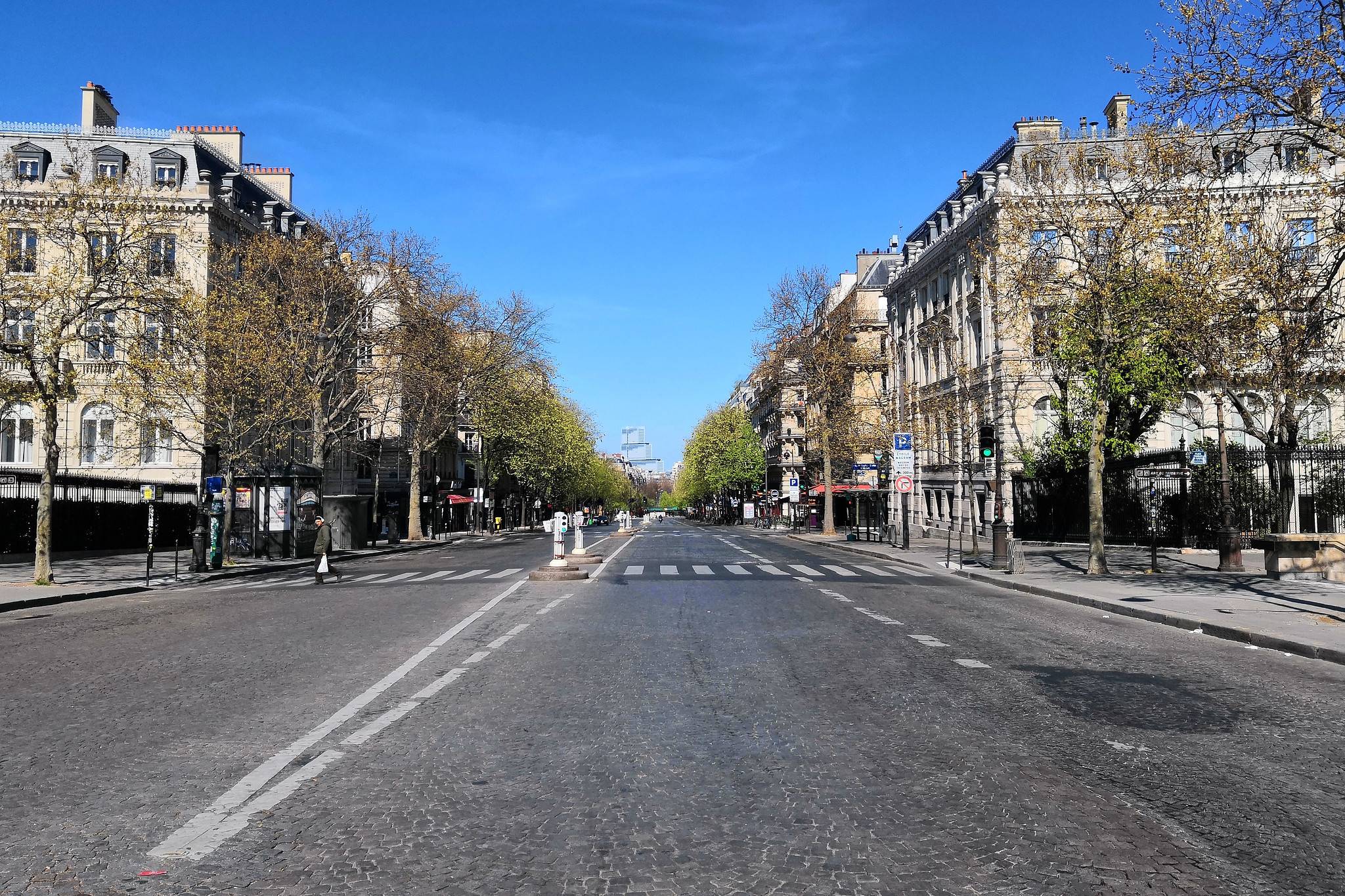
A street named desire

“Once Upon a Time”…

Feeding and fueling the city

Towards the Amazon city?
La Fabrique de la Cité
La Fabrique de la Cité is a think tank dedicated to urban foresight, created by the VINCI group, its sponsor, in 2010. La Fabrique de la Cité acts as a forum where urban stakeholders, whether French or international, collaborate to bring forth new ways of building and rebuilding cities.















